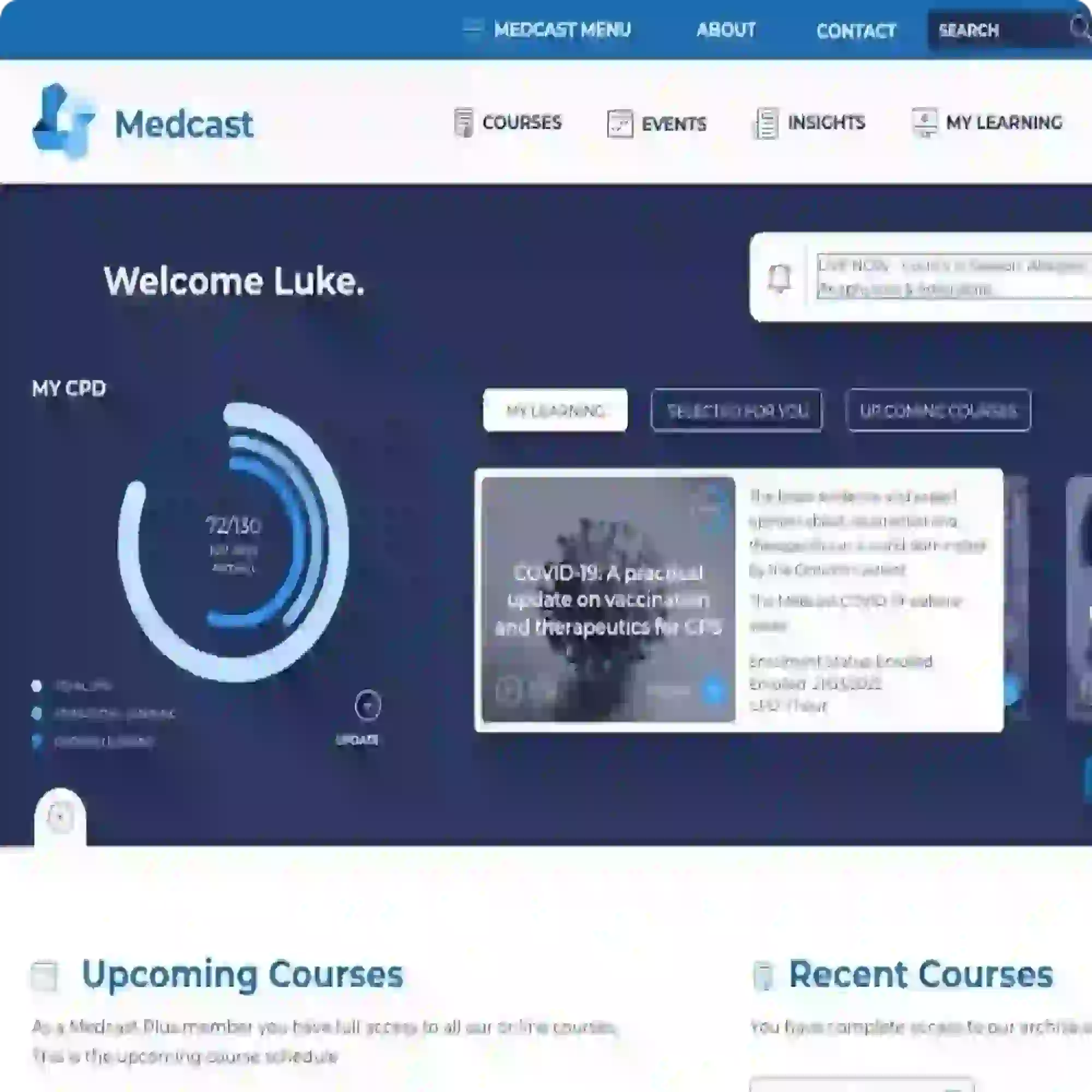Ready - Set - Resus
Recommendations in resuscitation education
The 2020 International Consensus on Cardiopulmonary Resuscitation Science with Treatment Recommendations (ILCOR) provides recommendations with regard to resuscitation education. These guidelines focus on the “development of knowledge, skills and attitude of resuscitation team members with the ultimate aim of improving patient survival after cardiac arrest” (Grief et al., 2021) Education efficiency comprises part of the Utstein formula of survival focusing on the link between scientific findings and their implementation into practice, with the ultimate goal of teaching skills to provide high-quality resuscitation.

With new guidelines on the horizon, what does this mean to the way we learn and practice our resuscitation skills?
The Challenge - being prepared and staying prepared
Regular attendance at a course that develops your skills and prepares you to respond in any role of a resuscitation team is essential. When was the last time you completed an ALS or PALS course? Did you get to practice your skills in realistic simulations that reinforced best practice including:
-
creating a shared mental model
-
reducing cognitive load with the use of cognitive aids
-
practicing closed loop communication
-
avoiding mitigating language and practicing graded assertiveness
-
demonstrating situational awareness and prioritisation
ILCOR recommend including human factors training in resuscitation education including CPR courses. This includes topics such as communication, collaboration and working in teams. The focus is upskilling clinicians to enable early initiation of BLS and integration of BLS once ALS providers have arrived on scene. Learners can be engaged via the use of technology such as feedback devices, simulation monitors, blended learning with pre-learning via eLearning or virtual learning environments.
Several studies have been conducted looking at the role of metrics in both training and actual resuscitations. The evidence suggests where feedback devices, or clinical metrics such as end tidal CO2 monitoring are used, CPR performance is improved. Key points in resuscitation education recommended by ILCOR include:
-
Teach resuscitation using feedback devices
-
Teach high quality CPR to clinicians including relevant specialist specifics (e.g. paediatrics)
-
Distribute resuscitation training over time i.e. spaced education
-
Maintain resuscitation competencies by frequent retraining
Rapid cycle deliberate practice - let’s just sim it
Simulation is a useful way of achieving integration of skill development, knowledge acquisition and competency assessment. It provides an engaging and interactive model for teaching cognitive and behavioural skills through the combination of knowledge, problem solving, psychomotor skills and communication. Learning is achieved through the interaction between the learner and the environment, with constant reflection, action and evaluation.
The role of technology including blended learning, feedback devices, and simulation to deliver training are now recognised as enhanced learning tools.
Creating a learning experience that promotes the acquisition and retention of skills, knowledge and attitudes needed for good performance during a resuscitation needs to go beyond the classroom
Use it or lose it
While the guidelines suggest our resuscitation skills start to deteriorate as soon as three months after attending a course if we’re not regularly participating in clinical resuscitation events, how do we go about keeping these skills up? If you find yourself in a situation where you aren’t regularly participating in resuscitation events, or attending mock codes or at a minimum an annual ALS or PALS course, your knowledge and skills are likely degrading.
It isn’t always possible to get to a mock drill during a shift, but you can do some mental preparation to help keep your decision making and skills in:
-
rhythm recognition
-
prioritisation
-
patient assessment
-
4Hs and 4Ts and
-
post resuscitation cares
Keep yourself ready with our new micro-learning scenarios - ready set resus. With regular adult and paediatric cases to work through you can stay up to date with the guidelines, develop your clinical reasoning skills, and decision making in those high stakes resuscitation events. Have a go in our first case where Ruby experiences sudden onset chest pain during her recovery from surgery.

Susan is the Head of Nursing Education for the Medcast Group.
DipAppScNsg, BN, CritCareCert, CoronaryCareCert, TraumaNsgCareCert, CertIV(TAE), MN(Ed), and GradCert(Ldrshp & Mgt).
Become a member and get unlimited access to 100s of hours of premium education.
Learn moreFollow James, a 7-year-old boy scheduled for a tonsillectomy and adenoidectomy, as we explore how the 4 P’s of child preparation – Prepare, Play, Parent, Praise – can be used in day surgery to reduce procedural anxiety, support family-centred care, and improve the overall patient experience
Caregiver concern is a powerful predictor of clinical deterioration in children, often surpassing abnormal vital signs. A recent Lancet study confirms its association with ICU admission and ventilation. Integrating caregiver input into assessments, documentation, and escalation protocols can significantly improve early recognition and outcomes in paediatric emergency care.
Sepsis is a time-critical medical emergency. The National Sepsis Program urges GPs and primary care clinicians to enhance early recognition and management of sepsis to save lives. This update outlines key actions and available resources to support timely diagnosis and intervention across primary care settings.
